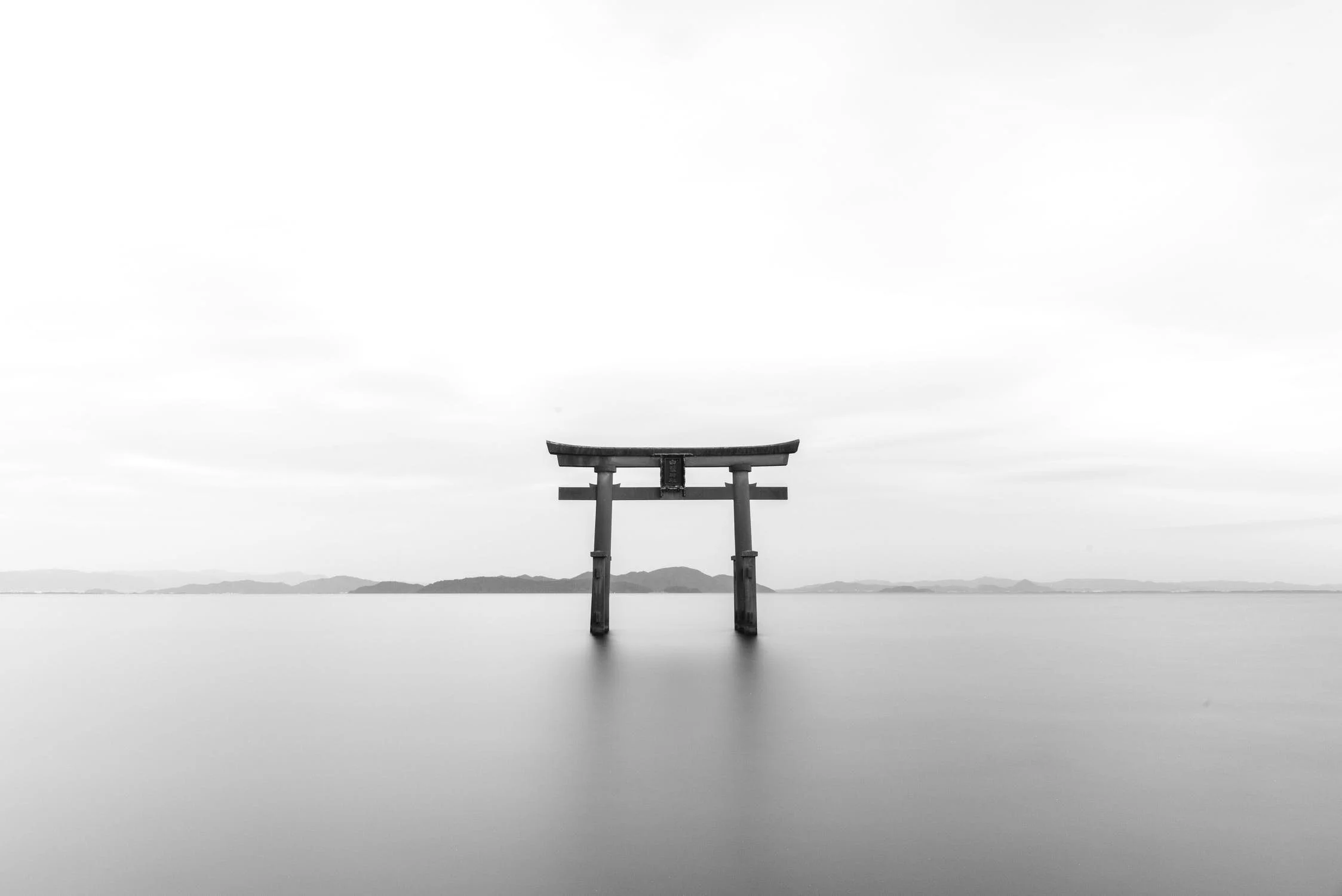DISCOVER JAPANESE TITANIUM
METAL OF THE GODS
HANDMADE IN
JAPAN
For our first edition we go to Japan,
producers of the world’s purest titanium.
日本で手作り
Much like the treasured Tamahagane, ‘samurai steel’ perfected through centuries of forging and sword-smith tradition, Japanese titanium is valued globally for its superior quality and technical precision. With its high specific strength, exceptional corrosion resistance, low allergenic potential and non-magnetic nature, titanium boasts many properties that make it an extremely precious metal.
The Master artisans of Sabae have been crafting the world’s finest glasses for more than one hundred years. Each eyepiece is assembled in Fukui prefecture after months of design, engineering, and craftsmanship between production runs. We meticulously construct and launch each design in numbered & limited editions.
Sabae. The Birthplace of Titanium Frames
The city of Sabae in Fukui Prefecture has been the site of eyeglass frame production for more than a century, and is the only major production site in Japan to have survived to the present day. In the 1980s, craftsmen working in Sabe were the first in the world to develop the technology for producing frames using light but sturdy titanium. These frames, much less likely to cause metal allergies than conventional materials, soon became a new international standard for eyewear.
A Town with an Eye for Design
One of the world’s major production centers for eyeglasses is the city of Sabae in Fukui Prefecture. Here, the entire town is one big workshop. One in six residents works in the eyewear industry. From metallurgists producing the world’s purest titanium sheets, to lens technicians, and micro-screw engineers, more than 30 pairs of expert hands collaborate to produce a single pair of glasses. Today, over 100years of artisanal and technical craft bring VXN001 to life. Each run of eyepieces takes 12 weeks to produce after months of design and prototyping.
The Masters of Craft
Crucial aspects of the Sabae success story are advanced technical skills and an outstanding design sensibility. The industry began in 1905 as an off-season sideline for fishermen and agricultural workers, but took off during Japan’s period of rapid economic growth following WWII. Demand was given another boost with the introduction of the world’s first titanium frames. Today, Japan produces the purest titanium sheets in the world, married with over a century of artisanal eyewear production to produce the world’s lightest, strongest, and most precisely engineered pieces of handicraft; a marriage of ancient past and technological future that is uniquely Japan.
HAMON PATTERN ON TAMAHAGANE STEEL



